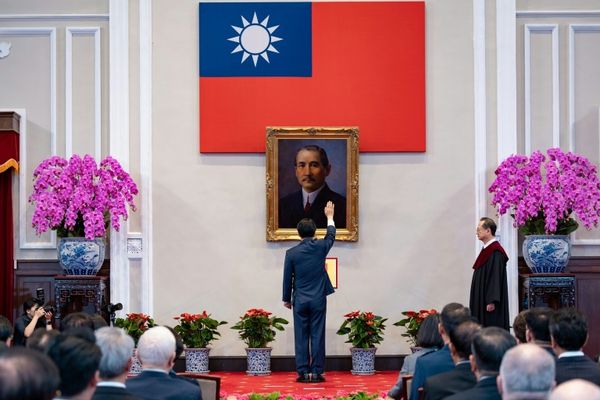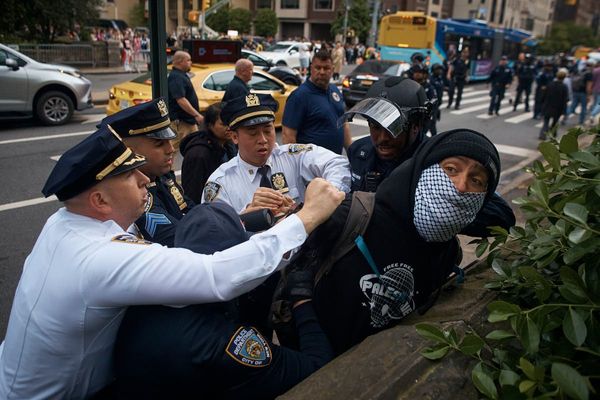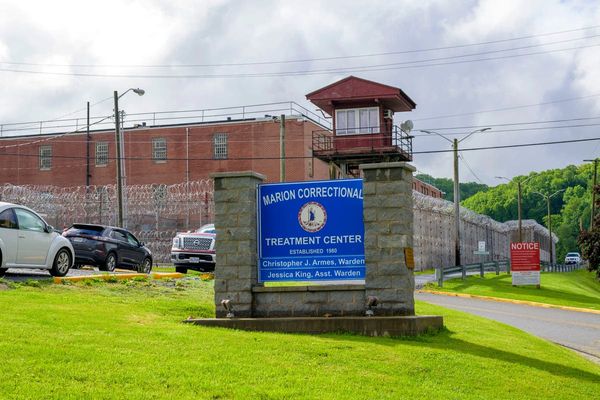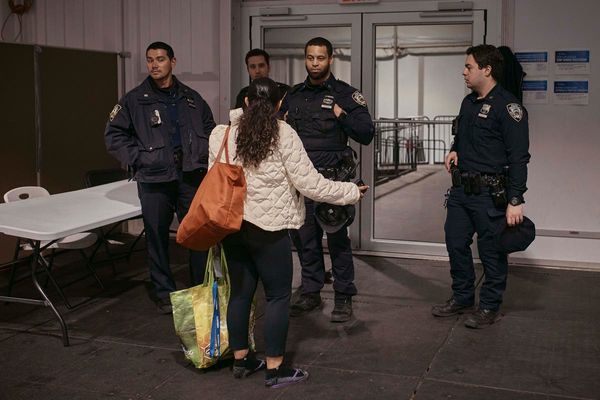Elon Musk is once again at the center of discussions in business circles after a break of almost two weeks. The richest man in the world is again addressing his 100.5 million followers on Twitter (and everyone else).
The Twitter takeover saga, for example, has resumed. According to the Washington Post, the tech tycoon's proposed $44 billion acquisition of the microblogging website is in "serious jeopardy."
Musk is convinced that Twitter (TWTR) management is not saying everything about the number of fake accounts --also known as spam bots -- on the platform. This number is important because advertisers determine the platforms on which they promote their products and services based on the numbers of real people they want to reach.
The mogul has also just teased a new vehicle, a sort of van, that Tesla could launch, even as the maker of premium electric vehicles already has a busy product roadmap for the next two years.
Tesla must increase the production of two vehicles, the Model Y SUV and the Model 3 sedan, which together represent the majority of its sales. The Austin carmaker must also start production of the long-awaited Cybertruck, the new Roadster and the Semi.
And don't forget: Musk has promised that in 2023 Tesla will unveil the vehicle that will be its robotaxi and start production on it in 2024.
As for global politics, Musk has not yet commented on the assassination of former Japanese Prime Minister Shinzo Abe.
And on a personal level, the billionaire is also in the headlines after he somewhat confirmed that he had expanded his family. A report said he had two children, twins, with Shivon Zilis, a senior executive at Neuralink, his artifiicial intelligence/medical-technology company. Musk now has nine children.
Japanese and Chinese High-Speed Trains
But back to the professional developments: The entrepreneur, who aspires to be known as the most innovative boss of our time, has just hailed the prowess of Japan and China in rail transport. Musk particularly admires Tokyo and Beijing's advances on high-speed trains.
It all started with a discussion on Twitter. Bill Markus, co-creator of the dogecoin cryptocurrency, of which Musk is one of the most prominent defenders, was extolling the merits of the high-speed train.
Markus explained that traveling on a high-speed train overseas is a pleasure, and notes that the U.S. largely lacks such a transport option.
"Nothing beats long distance traveling via a comfortable, clean, fast train IMO," Markus posted with a short video showing a high-speed train. "There’s not much in the US, so whenever i travel overseas i get jelly."
Musk then commented: "China & Japan have awesome trains. Took bullet train from Beijing to Xi’an to see Terracotta Army of 秦始皇."
And he added a few minutes later that: "I had same great experience from Tokyo to Osaka."
A Japan-China Rivalry
Japan is the cradle of high-speed transport. In the 1950s, the country was convinced that rail had a role to play in the mobility of the future.
At the time, the democratization of the plane and automobile seemed to sound the death knell for the railway. But the context was different in Japan: Amid the postwar boom, the population was increasing rapidly in a few ultradense urban areas. The existing lines were saturated, enough to justify major infrastructure projects.
The country inaugurated the Shinkansen, or bullet train, with great fanfare, just before the Tokyo Olympics in 1964. With a cruising speed of 220 kilometers per hour (137 mph), the trip between two key Japanese cities, Tokyo and Osaka, went from 6 hours and 40 minutes to four hours, then three hours and 10 minutes.
The Shinkansen, a term that designates both the train and the lines, is unique. Each axle is equipped with a motor, so-called distributed motorization. In this system, the weight is better distributed, and if one of the motors fails, the train can continue to move. The train is also much wider that most, with five seats per row.
China, drawing inspiration from successes abroad, inaugurated its first very-high-speed train line (more than 250 kmh or 155 mph) on Aug. 1, 2008, linking Beijing to Tianjin, 117 km (73 miles) east on the coast. The startup came a week before the Olympic Games.
Here, too, the trains travel on elevated tracks, large concrete lines. The trains are equipped with distributed motorization. But beginning in 2012 China developed its own high-speed train, called Renaissance EMU, or the Emu train, with a standard speed of 350 kph (217 mph).
China and Japan have since been fighting to sell their trains internationally.
Musk's interest in Japanese and Chinese trains no doubt also stems from the fact that Boring Co., his infrastructure company, works on high-speed transport.
Boring Co. is building underground tunnels to solve traffic jams in big cities. One of the company's products is Loop, which is "an all-electric, zero-emissions, underground public transportation system in which passengers are transported directly to their final destination with no stops along the way."







